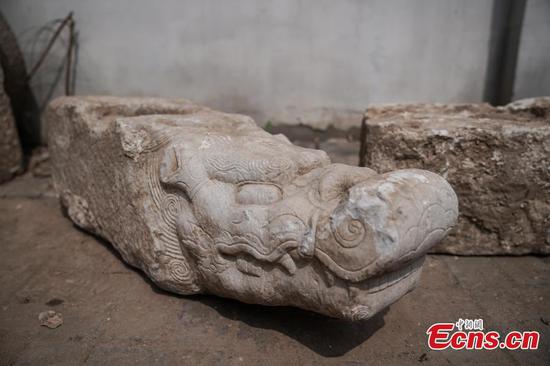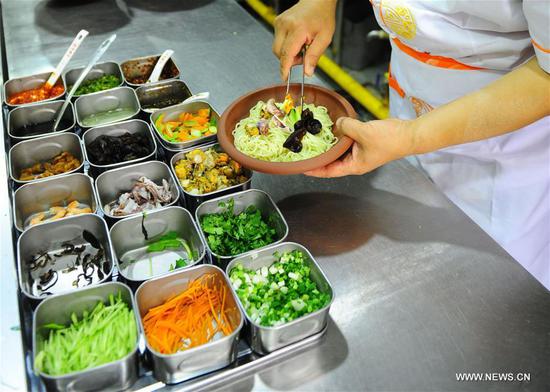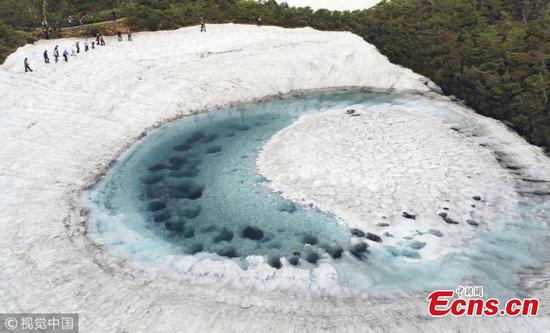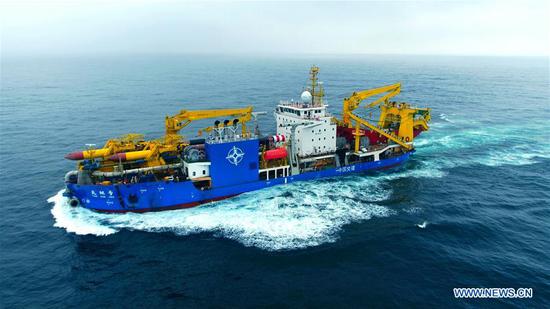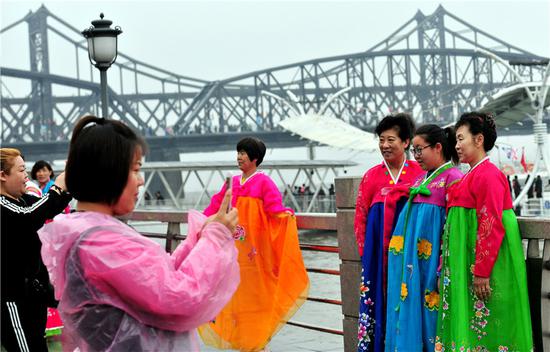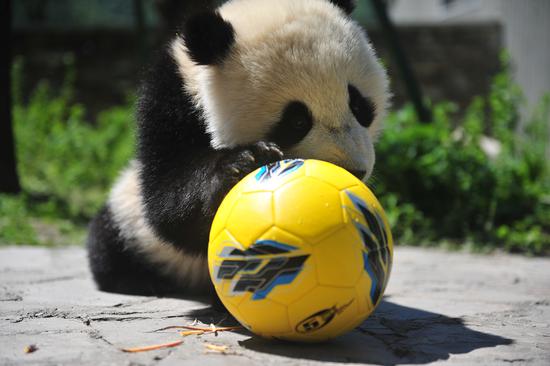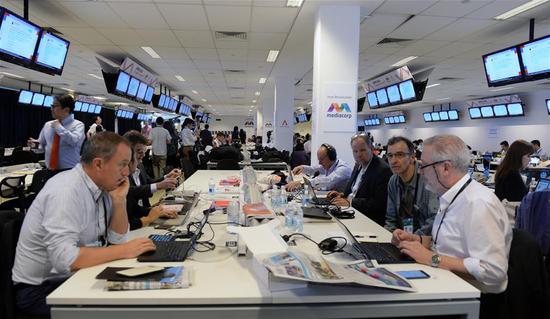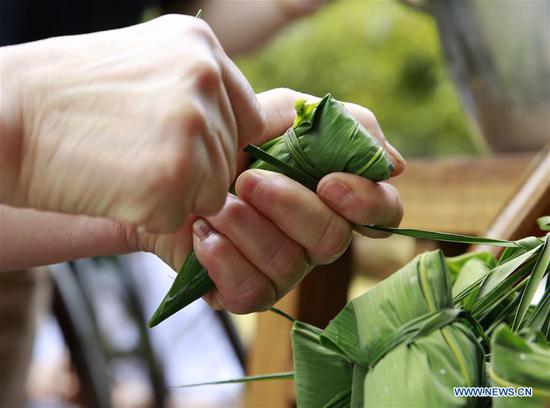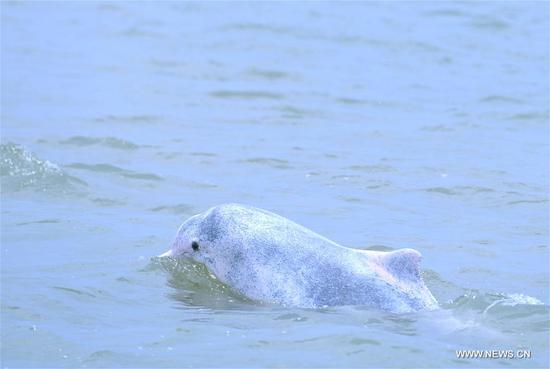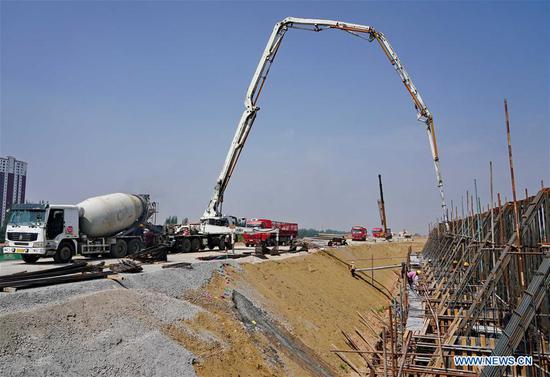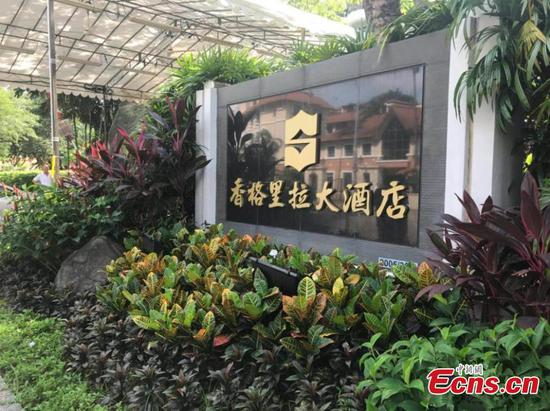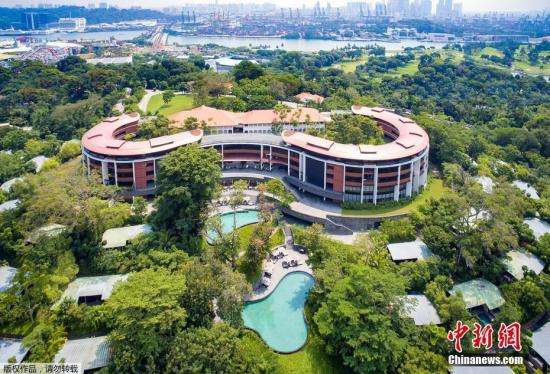
The division of three hydrographic zones in Hong Kong's marine area (Photo/CHINA DAILY)
Water salinity is also a major factor. When heavy rain hits southern China during the summer monsoon season, a greater volume of freshwater flows through the Pearl River, which leads to levels of water salinity falling along the west coast.
Lower salinity accelerates the dissolution of metals, raising the amount of ions, which are chemically active and more toxic to marine organisms, being released into the environment. Elevated concentrations of these ions can inhibit the growth and reproductive ability of marine organisms in the vicinity.
In contrast, when water salinity is high, metal ions readily react with other ions present in seawater such as chloride and sulfates to form complexes that are less toxic, reducing metal toxicity.
Water temperature is another factor. "Raising the temperature of seawater can interrupt the physiology and growth of cold-blooded marine organisms. It may cause death and ultimately lead to the disappearance of those species if the temperature goes beyond their thermal tolerance limit," Leung said.
In a study published last year, he wrote, "By the end of the 21st century, coastal marine organisms, such as phytoplankton, will likely live in a warmer environment, with more frequent periods and longer duration of low salinity."
He added that it will be essential to study how geographical and climatic conditions will affect what is known about the interactive, toxic potencies of metals.
Metal detectors
Each organism has its own tolerance level for metal toxicity. Leung and his team are mapping the tolerances of different marine species, as revealed within the naturally variable environment.
The aim is to establish site-specific water quality criteria to protect a range of marine ecosystems around the world. The team examined the toxic elements of six metals (mercury, cadmium, copper, zinc, nickel and chromium) and their effects on eight marine species under different combinations of water temperature and salinity. The study also made reference to natural temperature and salinity regimes, based on a global oceanography database.
The results showed that the predicted toxic potencies of the six metals on the eight species correlated directly to a temperature gradient between 10 C and 30 C. When the temperature rose at a given site, mortality rates among various species rose proportionately.
The results suggested that tropical marine species, particularly those inhabiting estuaries with low levels of salinity, are more susceptible to metal toxicity. The study was published in the peer-reviewed journal Environmental Science and Technology.
The project has helped scientists to measure the biological values of marine sites in Hong Kong, providing knowledge of how many marine organisms live in them as well as identifying those that are rare and in need of protection, and which region has the largest populations of organisms.
With this information, the Hong Kong Agriculture, Fisheries and Conservation Department will gain a better understanding of which sectors should be designated as conservation sites, fish farms or recreation facilities.
Toxic stew
In Hong Kong, limits for chemical pollutants are not set in accordance with water quality standards for marine waters. Other parameters, such as levels of dissolved oxygen and nutrients, have specific guidelines that limit their volumes in marine waters, but levels of toxic pollutants are not addressed.
The regulations for all 10 water control zones state that toxicants are "not to be present at levels producing a significant toxic effect". However, that's as explicit as the guidelines get.
Leung noted that Hong Kong lacks governance on "plasticizers", chemical additives used to make manufactured plastic products more flexible or durable. They are commonly used in consumer products such as footwear, food packaging, children's toys, and wire and cable products. However, many are environmental estrogens that can lead to intersex status in male fish and can interrupt reproduction, even at low concentrations.
"The toxic effects of single plasticizers are known, and there are water quality criteria concerning those, but when two types of plasticizer combine in a marine environment, their combined toxicity may be enhanced," Leung said, adding that further scientific research is needed to address the toxicity of coexisting chemical contaminants in the environment.
Leung and his team have also analyzed environmental statistics for temperature and salinity at different marine sites around the world.
Their findings may be applied to provide estimates of site-specific water quality criteria to evaluate the toxicity of more than 30 metals against the backdrop of evolving levels of temperature and salinity.
Leung hopes that if resources allow, each chemical contaminant could be tested according to the interplay of water temperature and salinity.
He believes that the method would provide a better understanding of the effects of toxins on marine organisms.
While the people of Hong Kong are proud of the biodiversity of the city's marine life, that situation cannot be taken for granted. Preserving the environment will demand that the existing record must be studied further to provide a safer, more sustainable marine environment.










